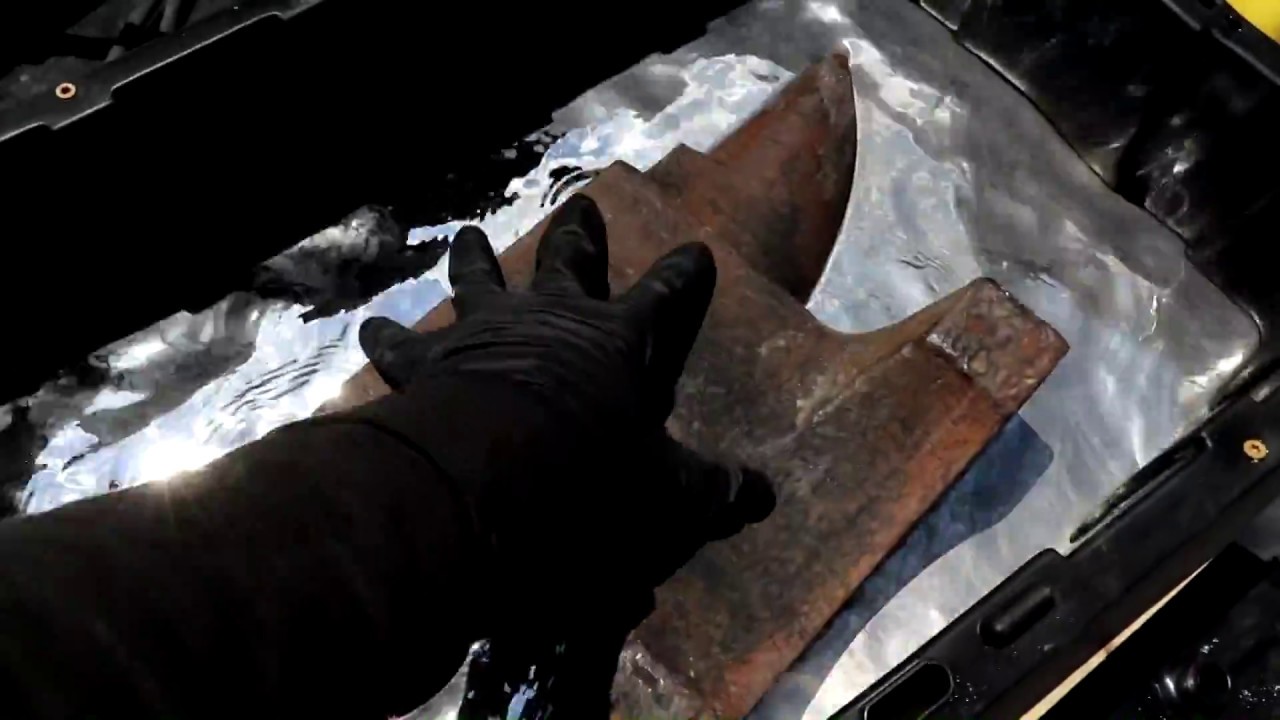This happens. And it’s impressive!
Did you know that lighthouses used to float their huge rotating lamps in mercury baths because it was so smooth. Lighthouses have set sequences to designate themselves – like callsigns – so they have to be accurate.
As you know, revolving lights produce flashes that occur at regular intervals. When flashing lenses were first invented, friction caused by their great weight, plus the weak power of their clockwork-driven rotation machinery delivered extremely slow rotation speeds of about one revolution in eight minutes. This caused the length of the flash to be quite long, 20 seconds or more, and the interval between flashes to be extremely long, at nearly one minute. Far too long for a ship bobbing on the ocean.
The first attempts to shorten the flash time were accomplished by increasing the number of “bull’s-eye” flash panels used in the lens and also by increasing the speed of rotation. It was generally thought that the shorter the duration of the flash, the better it would be for the mariner. With 24-panel lenses and large clockworks, it became possible to produce flashes with a duration of as little as five seconds, and an interval of 15 seconds between flashes.
Later, when the mercury basin was invented, it became possible to significantly increase the speed of lens rotation. Flashes of three-tenths of a second, and intervals of 10 seconds between flashes became common. Huge baths of mercury made the rotation possible – but it was hard work schlepping them up to the top of a lighthouse!
